Predicting the climate of the future with 1.2 million-year-old ice

An international research team has extracted one of the world's oldest ice samples from deep within Antarctica. They hope that ancient air bubbles trapped in the ice core can help solve an enduring mystery about our planet's climate history and also help us better predict future climate change. Switzerland's University of Bern is a key participant on the "Beyond Epica" project.
“This is a historic moment for climate and environmental science,” declared Carlo Barbante, coordinator of the European Beyond EPICAExternal link project (European Project for Ice Coring in Antarctica).
Ice extracted in Antarctica – the oldest continuous ice core – may reveal the link between the carbon cycle and the temperature of our planet, said the professor of analytical chemistry at Ca’ Foscari University in Venice.
For the first time scientists will be able to have a precise history of the Earth’s climate spanning back 1.2 million years, according to a press releaseExternal link published on January 9.
Using the 2.8km-long cylinder, or core, of ice extracted in Antarctica, scientists hope to understand climate changes which occurred nearly one million years ago and have remained largely unexplained.
The Beyond EPICA project, in which Switzerland is also participating, was launched in 2009 and is coordinated by the Polar Science Institute of the Italian National Research Council. Its aim is to reconstruct the Earth’s climate history by analysing ice samples collected up to a depth of almost three kilometers in Antarctica.
Via this project scientists will be able to learn more about how the climate system reacts to changes in greenhouse gases, Barbato told SWI swissinfo.ch.
This will enable improvements to climate models and future projections.
“In our past there is much of our present and our future. To understand what tomorrow’s climate will be, we need to understand the hidden mechanisms of how our Earth system works,” he added.
+ Secrets revealed by melting Swiss glaciers could eat plastic and cure disease
1.2 million years of climate history
Researchers from twelve scientific institutions, including the University of Bern, extracted the huge ice core at Little Dome C, a remote site on the Antarctic Plateau near the French-Italian Concordia station. The international team worked for more than 200 days over four years amid average summer temperatures of -35°Celsius (minus-25.6 Fahrenheit).

Drilling reached a record depth of 2,800 metres, where the Antarctic ice sheet meets the rock below.
The extracted ice represents an unparalleled record of Earth’s climate history, said Barbante. Ancient air bubbles suspended in the ice will offer information on atmospheric temperatures and concentrations of CO2, methane and other greenhouse gases over the past 1.2 million years. At present, scientists can only go back 800,000 years.
The ice sample will provide unprecedented information on the Mid-Pleistocene Transition. During that period, between 900,000 and 1.2 million years ago, ice crusts in the northern hemisphere changed dramatically, with a profound impact on the climate.
The interval between cold glacial and warm interglacial periods lengthened dramatically, from about 40,000 to 100,000 years. But scientists have never understood why. The reason for this change is “one of the most complex mysteries of climate science”, according to the University of Bern.
>> The following video shows how ice samples are extracted in Antarctica:
Innovative Swiss laser beam technique
The ice samples will arrive in Europe towards the end of March where they will be analysed by laboratories in Germany, Switzerland, Italy, France and Great Britain.
The University of Bern will use an innovative laser beam techniqueExternal link that it has developed together with Swiss Federal Laboratories for Materials Science and Technology (EMPA). This allows it to measure the greenhouse gases in the ice with extreme precision without contaminating the samples with ambient air and without melting the ice. All that is needed is an ice sample one centimetre thick.
+ Antarctic ice cores help reveal ocean temperature patterns
This pioneering research will allow researchers to obtain greenhouse gas measurements with great precision and temporal resolution using the ancient ice, according to Hubertus Fischer, professor of experimental climate physics at the University of Bern and collaborator on the Beyond EPICA project.
The technique to quantify the CO2 in the tiny air bubbles trapped in the ice will also be useful for other international labs in the United States, China, South Korea and Australia, said Barbante.
The article was amended on January 15th 2025. In an initial version of the article, we incorrectly wrote that the ice sample extracted in Antarctica is the oldest.
Edited by Virginie Mangin/sb

In compliance with the JTI standards
More: SWI swissinfo.ch certified by the Journalism Trust Initiative



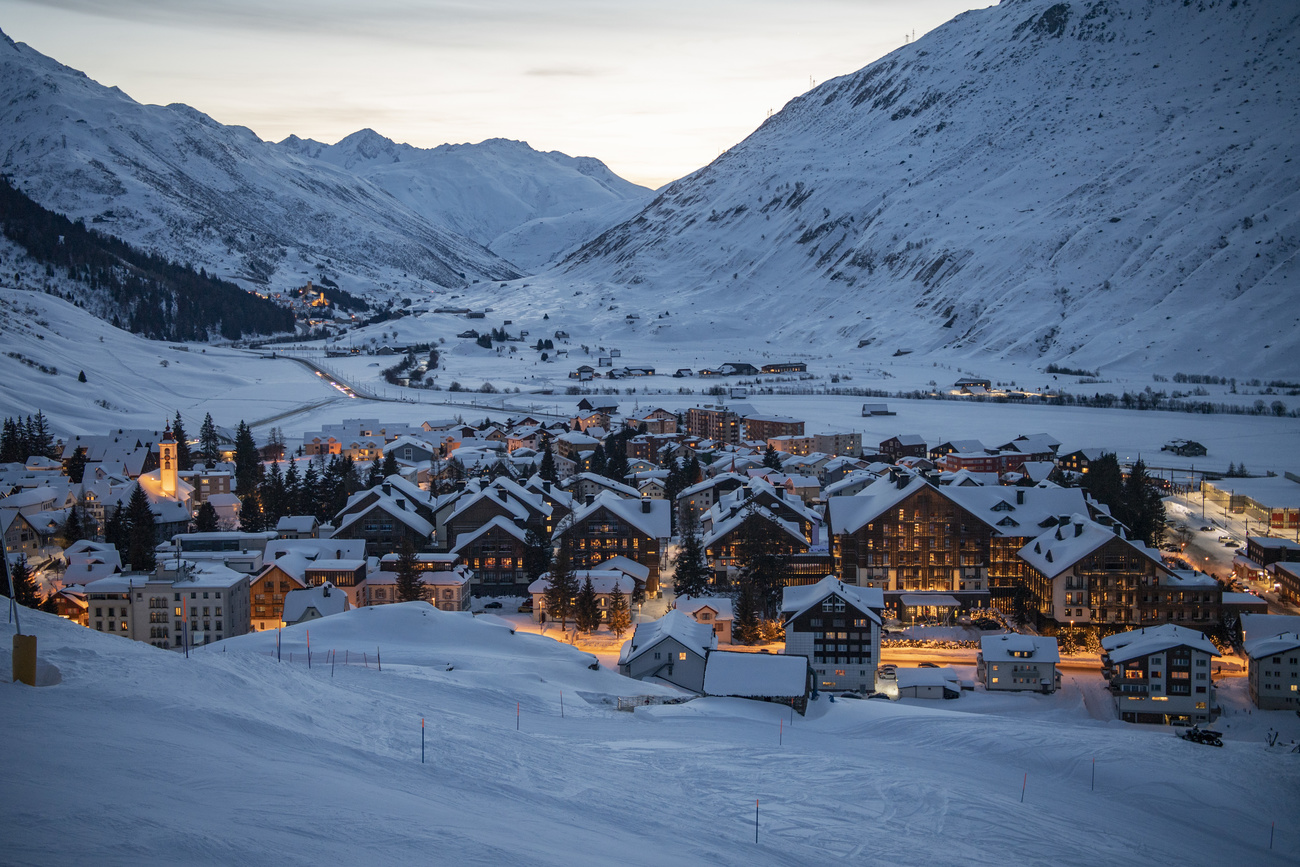

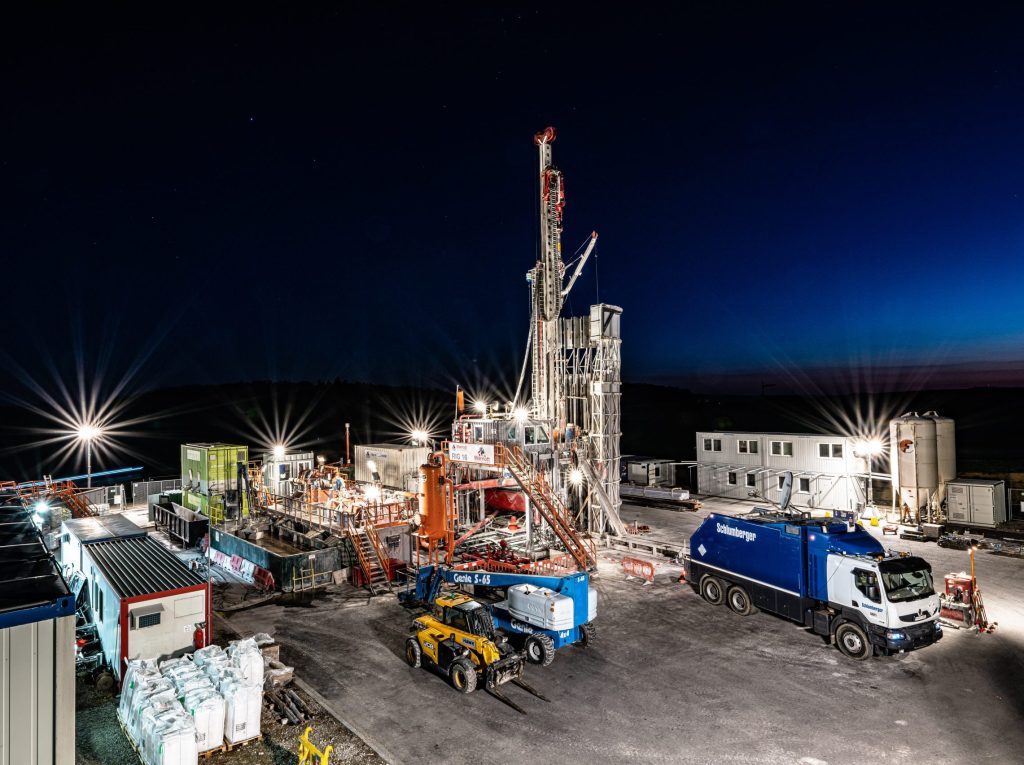



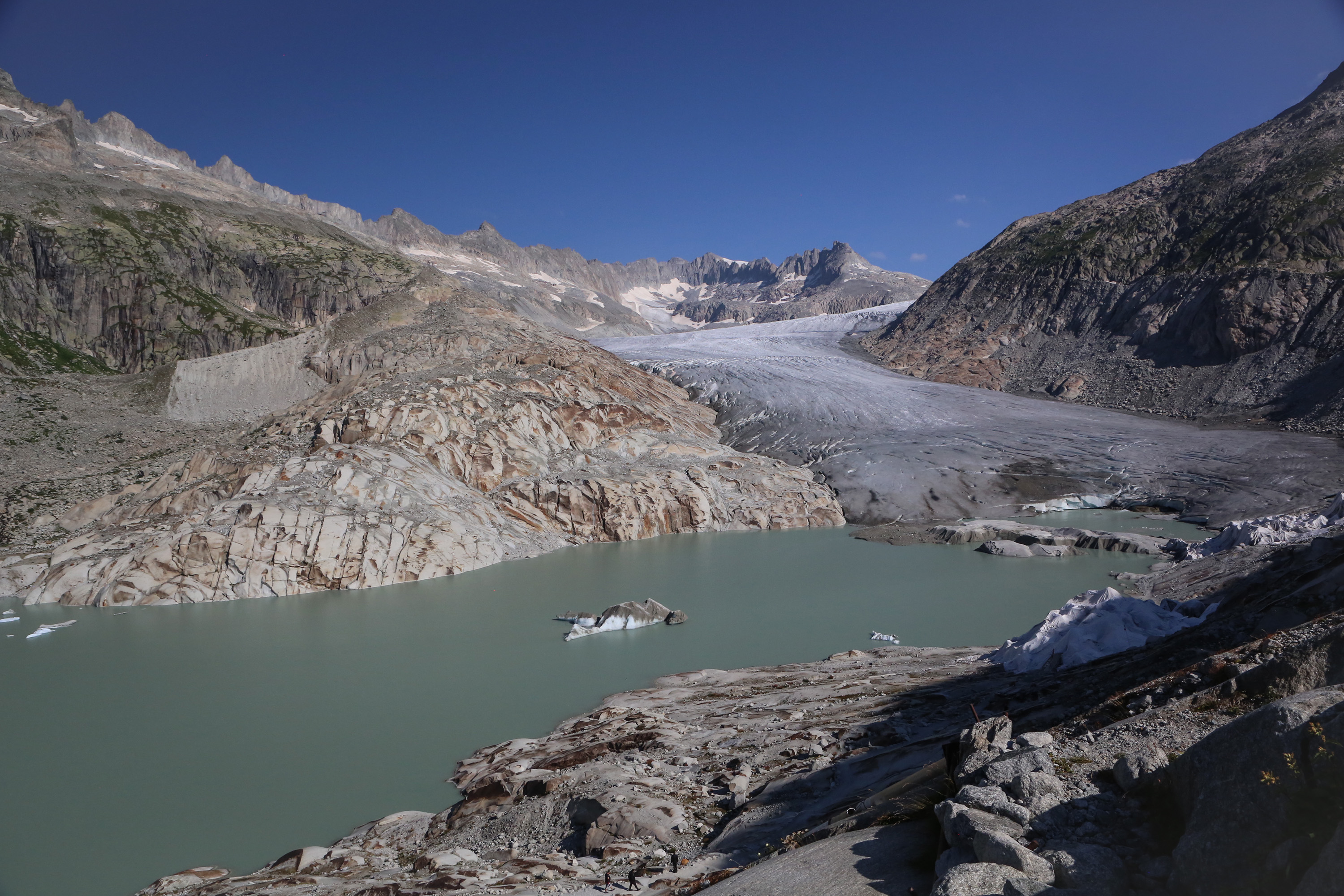
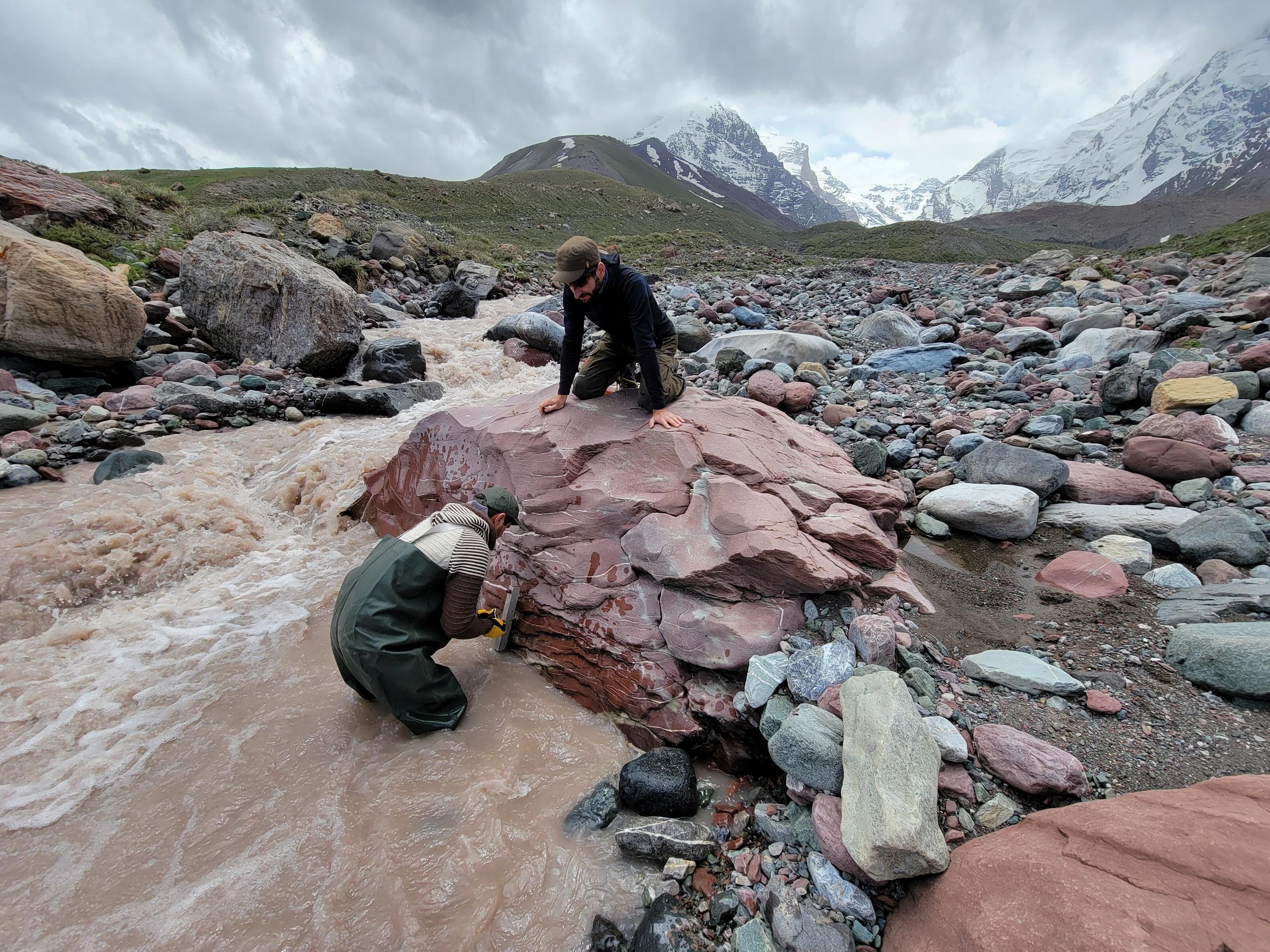
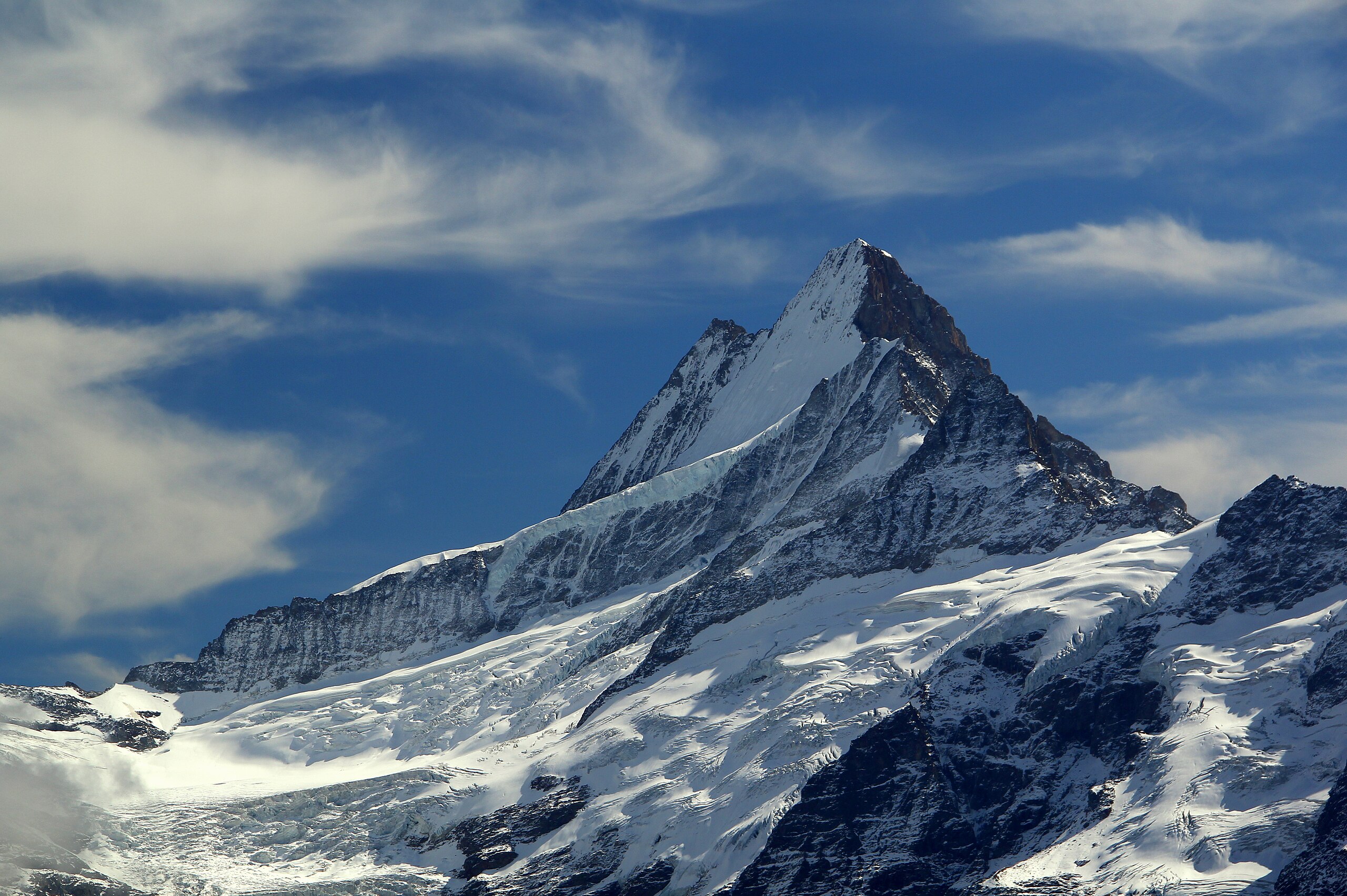
You can find an overview of ongoing debates with our journalists here . Please join us!
If you want to start a conversation about a topic raised in this article or want to report factual errors, email us at english@swissinfo.ch.